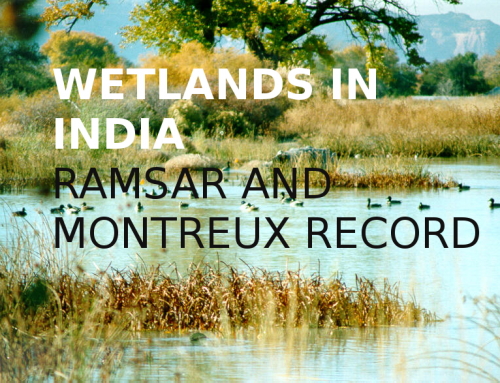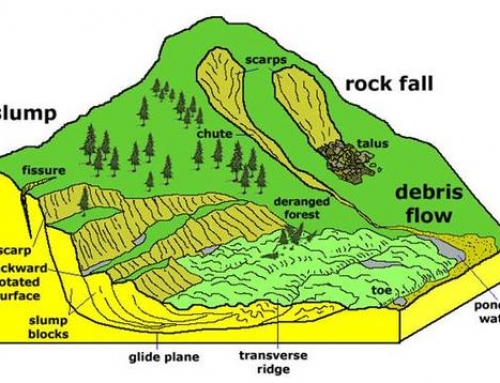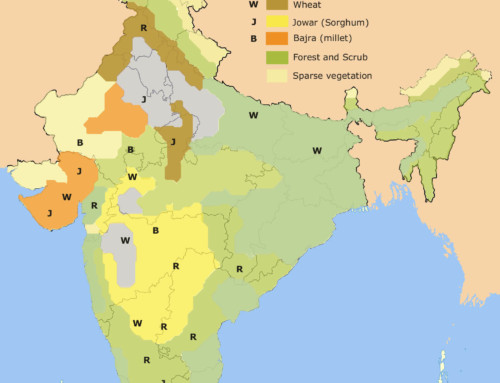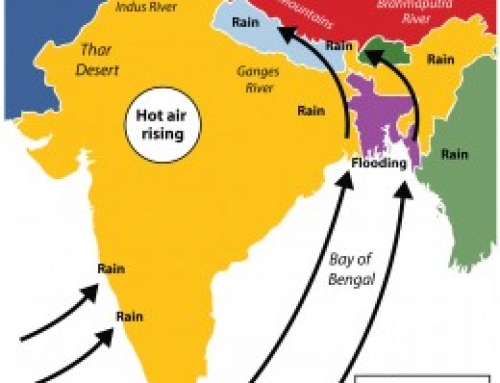India has three main geological regions, the Himalayas (Extra-peninsular region), the Indo-Gangetic Plain, the Peneinsula. The Himalayas are further classified under the following divisions from, west to east, into four regions:
- Punjab Himalaya – comprising of the area between Indus and Sutlej rivers.
- Kumaon Himalaya – comprising of the area between Sutlej and Kali rivers
- Nepal Himalaya- cover the area between Kali and Tista rivers.
- Assam Himalaya- the area between Tista and Brahamputra rivers.
The Himalayas are also divided into three regions : the Western Himalayas, Central Himalayas and Eastern Himalayas. The Nepal Himalayas constitute the Central Himalayas. The mountainous area situated to the west and east of Central himalasy are known as Western and Eastern Himalaya respectively.
Since Himalayas are a young fold mountain system, they have an unstable terrain. Furthermore, human activiities and indiscriminate construction activities have triggered and highlighted various hazards in the Himalaysn Ecosystem. These are :- earthquakes, landslides,avalanches, flash floods, forest fires, and soil erosion.
There are certain regions which are more prone to a typical type of disaster according to the altitude. Let us consider the typical examples.
- Over 3500 m height, snow avalanches and glacial lake outburst floods (GLOFs) occur.
- From over 500 – 3500 m, there are flash floods often leading to landslides and mudflows.
Avalanche
An avalanche is defined as a flow of of snow downside of a mountain, though rock slides and debris flow are also sometimes called as avalanches.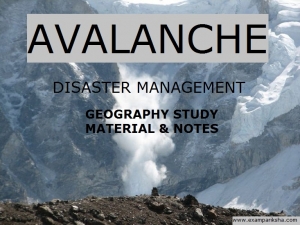
There have been instances of avalanches in the recent news, wherein, last year Nepali Sherpa died during an avalanche at Mt. Everest base camp, and more recently in north-eastern Afghanistan in Panjshir valley of Hindu-kush mountains.
The factors leading to Avalanche are described below:
A rapid downslope movement of snow, rocks and debris is known as Avalanche. Generally, a large avalanche has a speed of upto 200 kmph, which results in massive destruction of forests, highways, houses and power lines. All avalanches are caused by over burden of mass of snow. It generally occurs when the load of upper layers of snow exceeds the bonding forces of a mass of snow.
Whenever the gravitational force exceeds the mechanical strength of the snow cover, an avalanche occurs. This proces of avalanche is triggered by either- natural and artificial factors.
| Natural triggers for Avalanche | Artificial triggers for Avalanche |
|
|
The slope of flatter than 25 degrees is not conductive for a avalanche like situation. Also slopes steeper than 60 degrees are also not prone to avalanches because they don’t hold significant amount of snow.
Human triggered avalanche mainly occur on slopes of inclination between 35 to 45 degrees. Also convex slopes are more dangerous than concave ones. This is because there is a disparity between the tensile strength of snow layers and their compressive strength on convex slope.
Mitigation steps in Avalanche prone areas:
- Winter occupancy of snow covered slopes should be avoided as its never 100% safe tomove around on such slopes.
- Construction of power lines, highways and railroads must be avoided, if done then minimum impact designs should be implemented.
- Forecast of avalanche by studying Snow deposition data, heat input, slope angle is helpful in predicting and taking precautionary measures by using remote sensing technology and satellite imagery.
- In areas prone to avalanches, agriculture and recreational activities should be allowed only during summer and spring.
- Using explosives in controlled manner to create small and measured avalanches in order to avoid building up of snow. This would minimize chances of large unpredictable destructive avalanches largely.
- Snow ences and walls can be used to direct the snow-placement during snowfall.
- It is known that where there is sufficent density of trees, the chances of avalanches are greatly reduuced since they hold snow in place. Therefoere, trees can either be planted or conserved to reduce the strength of avalances.
- Setting up Quick Response Teams (QRTs) from local administration and the NDRF, equipped with standard avalanche equipment and devices such as GPS, Radio Beacons, and shovels, etc.
- Snow and Avalanche Study Establishment (SASE) is mandated with forecasts of snow avalanches.
- The Border Road Organization (BRO) keeps vigil for keeping the highways clear after avalanches, particularly in the Rohtang Pass and the Baralachala Pass.
Survival Rate in Avalanche like disaster:
- After two hours, the survival rate is approximately zero percent. Therefore in case of avalanche, self-rescue or companion rescue is vital in mitigating the effects, because rescue help might take hours to reach.
- The majority of Avalanche victims die due to suffocation as opposed to hypothermia (extreme cold temperature).


